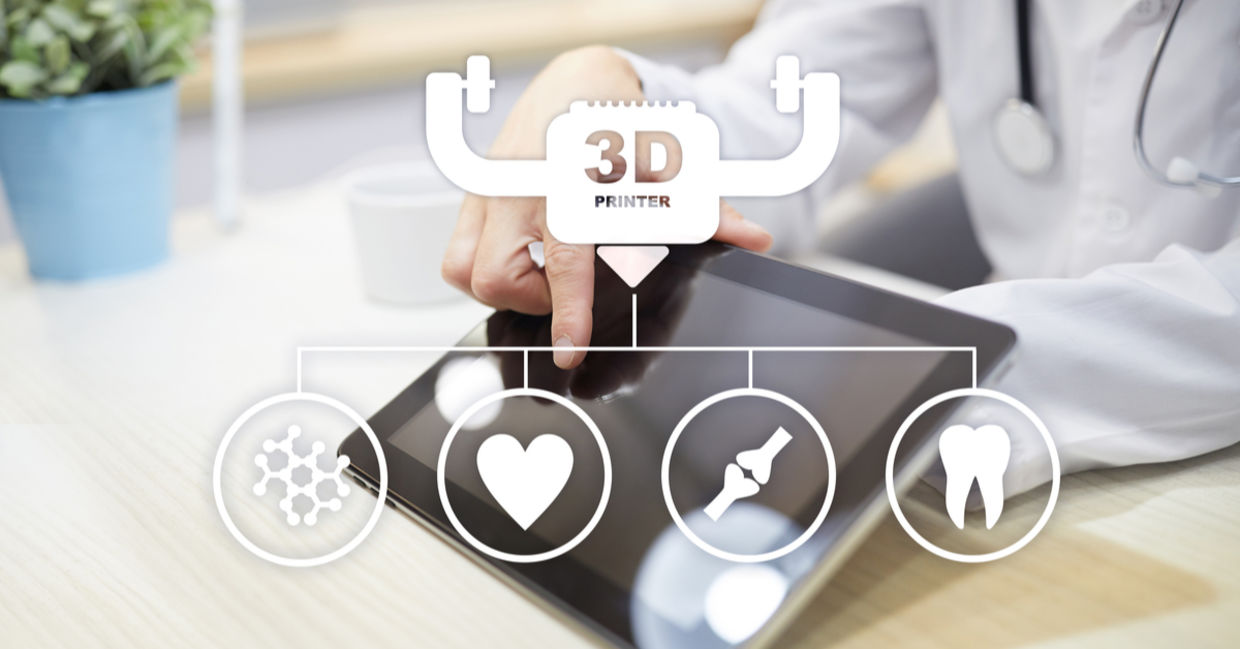
(Wright Studio / Shutterstock.com)
Printing body parts are not new. Ribs and other bones have actually been 3D printed for a while. After printing, the bones are surgically implanted. But what if you can avoid the surgery completely? Does it sound too futuristic to be true?
A team of scientists from the California-based Terasaki Institute, Ohio State University, and Pennsylvania State University have actually developed new bio-ink technology that will allow tissue to be internally printed according to a press release from the institute. The research was recently published in the journal Biofabrication in June 2020.
To 3D print external parts like hearts and other organs, you need a bio-ink that consists of a framework material mixed with living cells. The second component needed is a growth factor that will help the cells develop into tissue. Science has already come up with those. But what is needed to allow this to happen inside the body is another story.
The additional requirements that the institute said is necessary are that the printed tissue has to be conducted at body temperature (37°C), the tissue has to be attached to soft fragile organ tissue, and no harmful procedural steps – like an application of UV light that is used in printing organs – can be used.
“This bio-ink formulation is 3D printable at physiological temperature, and can be crosslinked safely using visible light inside the body,” said first author Ali Asghari Adib, Ph.D.in the press release.
The new bio-ink is dispensed by a nozzle attached to a robotic 3D printer. The nozzle tip was modified by the team to penetrate soft surfaces. The new tissue was connected using a special interlock technique using the robotic printer that produced an anchor – actually an extra blob of bio-ink – to hold the old and new tissue together.
“Developing personalized tissues that can address various injuries and ailments is very important for the future of medicine. The work presented here addresses an important challenge in making these tissues, as it enables us to deliver the right cells and materials directly to the defect in the operating room,” said Ali Khademhosseini, Ph.D., Director and CEO of the Terasaki Institute.
“This work synergizes with our Personalized Implant Technology Platform at the Terasaki Institute which aims to develop approaches that address the variability in tissue defects in patients.”
The new bio-ink is expected to be used to build blood vessels and spinal discs according to New Atlas but the hope is for more immediate uses like applying patches on damaged organs or to creating bio hernia meshes. These options would be safer for patients and more cost effective. Personalized printed internal body parts may be much closer to fact than fiction.
YOU MIGHT ALSO LIKE:
Israeli Scientists Unveil the First 3D Printed Heart With Human Tissue
3D-Printed Corneas Could Soon Restore Vision for Millions
Surgeons Successfully Implanted the First 3D-Printed Rib







